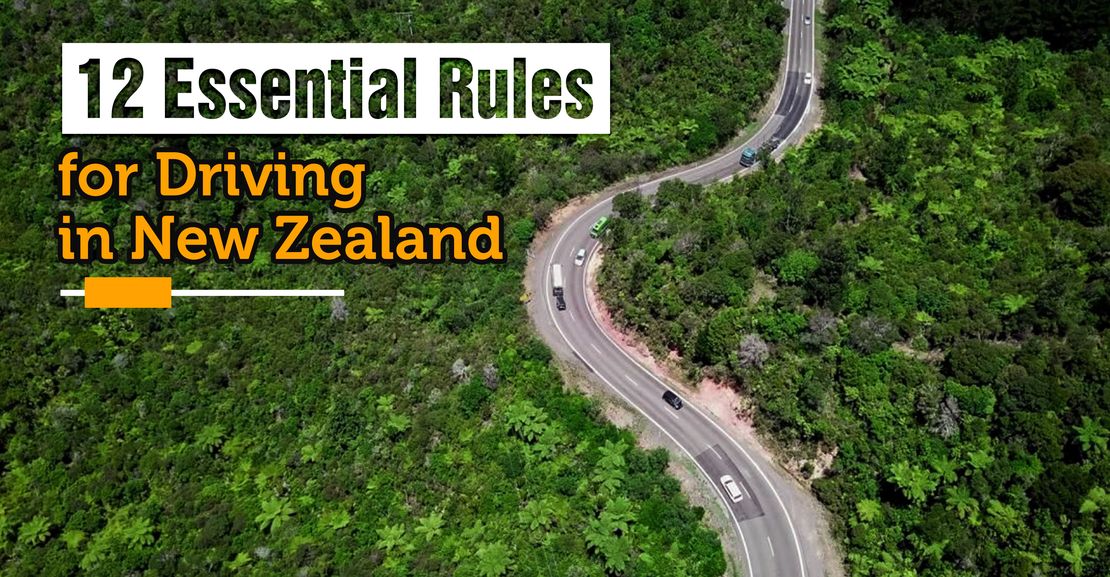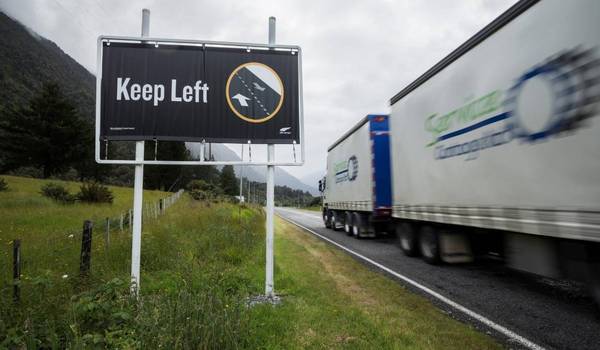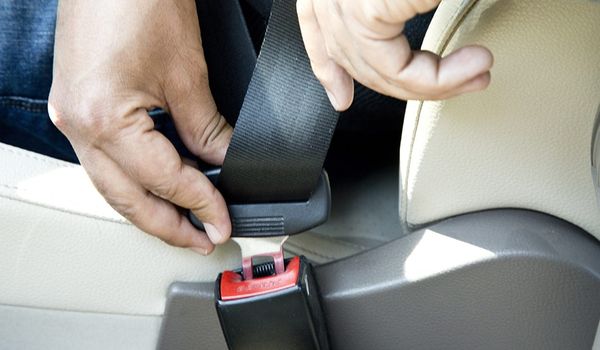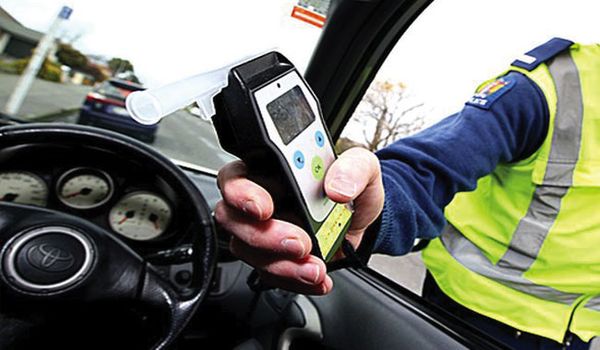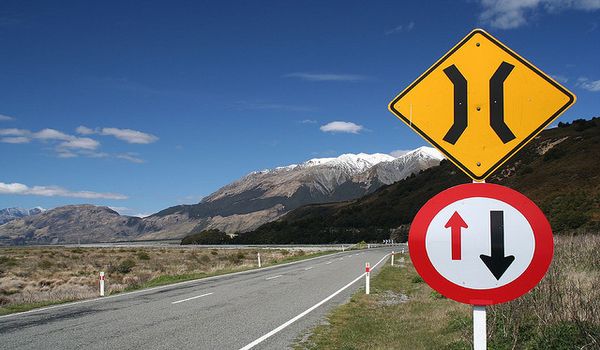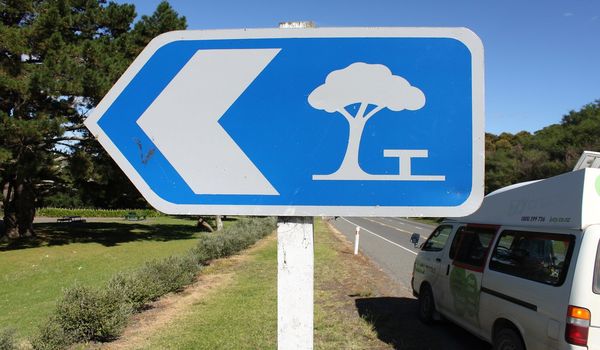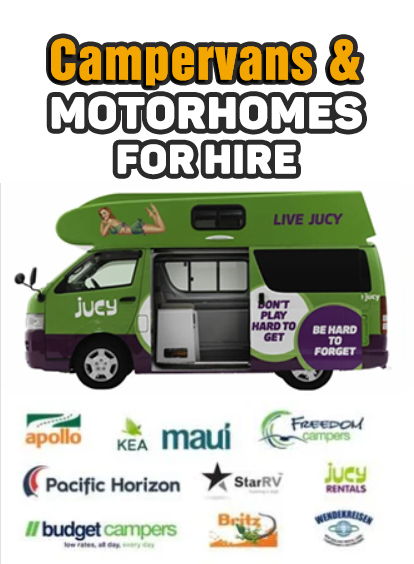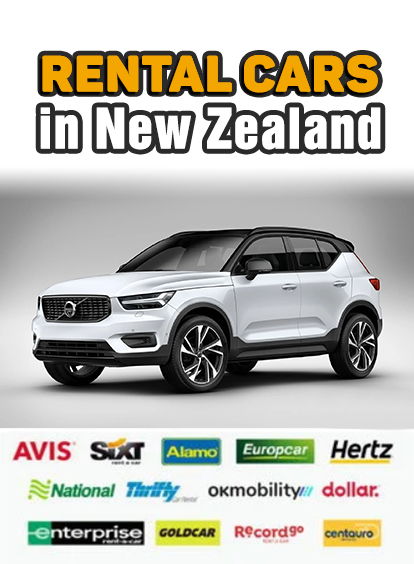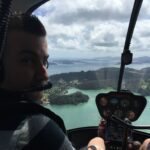✅ Last Update: Jul 29, 2024 @ 11:16 pm
🚙 Rules for Driving in New Zealand: All What You Need to Know
Driving in New Zealand offers an incredible opportunity to explore the country’s stunning landscapes and diverse attractions.
However, it’s crucial to familiarize yourself with the rules and regulations to ensure a safe and enjoyable driving experience.
This article presents 12 essential rules for driving in New Zealand. From understanding road signs and speed limits to navigating unique driving conditions, these guidelines will help you confidently navigate the roads.
1. Drive On The Left Side of The Road
In New Zealand, vehicles drive on the left side of the road. This means that the driver’s seat is on the right-hand side of the car, and overtaking is done on the right.
As an international visitor, adjusting to this driving orientation is crucial to ensure safe and efficient traffic flow.
Take extra care when turning at intersections and roundabouts, and always look in the correct direction for oncoming traffic.
Familiarize yourself with left-hand driving before hitting the road to avoid confusion or potential accidents.
2. Observe Speed Limits
Speed limits are strictly enforced in New Zealand to ensure road safety. The maximum speed limit on open roads is usually 100 km/h, while urban areas typically have speed limits ranging from 30 km/h to 60 km/h.
In some areas, reduced speed limits may be in effect due to road conditions or specific zones. Pay attention to speed limit signs and adjust your driving accordingly.
It’s important to drive at a safe and appropriate speed for the conditions, including adverse weather, winding roads, or heavy traffic.
3. Wear Seat Belts at All Times
Seat belts are mandatory for all occupants of a vehicle in New Zealand. The driver and passengers must always wear seat belts or suitable restraints while the vehicle is in motion.
Ensure that everyone in the vehicle is properly restrained, including children, who should be secured in age-appropriate or booster seats.
Seat belts significantly reduce the risk of injury or fatality in a collision, so it’s crucial to prioritize your safety by correctly wearing seat belts.
4. Give Way to The Right
In New Zealand, the general rule at intersections without traffic lights is to give way to vehicles approaching from your right.
This means that if you arrive at an intersection simultaneously with another car, the vehicle on your right has the right of way.
Be attentive and look for signage or road markings indicating a give way or stop requirement.
It’s essential to exercise caution and always give way to oncoming traffic when entering an intersection to prevent accidents and ensure a smooth traffic flow.
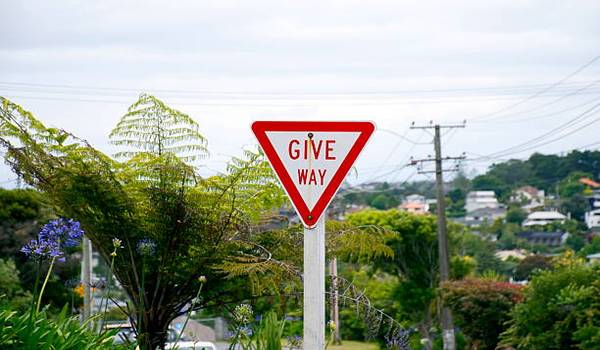
5. Follow Alcohol and Drug Laws
Driving under the influence of alcohol or drugs is strictly prohibited in New Zealand.
The legal blood alcohol limit for drivers aged 20 years and over is 50 milligrams per 100 milliliters of blood (0.05%). For drivers under 20 years of age, the limit is zero.
It’s important to refrain from consuming alcohol or drugs before driving, as impairment can significantly affect your judgment, reaction time, and ability to operate a vehicle safely.
Be responsible and designate a sober driver or use alternative transportation if you plan to consume alcohol.
6. Use Hands-Free Devices for Mobile Phones
Using a mobile phone while driving without a hands-free device is illegal in New Zealand. It’s essential to prioritize your focus on the road and avoid distractions caused by mobile phone usage.
If you need to make or receive a call, use a hands-free device or pull over in a safe, designated area to use your phone.
You are texting or reading messages while driving is also prohibited. Adhering to these rules contributes to a safer driving environment for yourself and others on the road.
7. Understanding Roundabouts
Etiquette roundabouts are common in New Zealand, and understanding the correct etiquette is essential for smooth traffic flow.
When approaching a roundabout, give way to vehicles already there and wait for a safe gap before entering.
Keep to the left lane if turning left or going straight ahead, and use the right lane if turning right or straight forward from the left lane.
Signal your intentions to other road users by using your indicators. Be aware of pedestrians and cyclists when exiting the roundabout, and always obey any signage or road markings.
8. Be Prepared for Unpredictable Weather
New Zealand’s weather can be unpredictable, especially in mountainous or coastal areas. It’s crucial to be prepared for changing weather conditions and adjust your driving accordingly.
Carry warm clothing, a waterproof jacket, and suitable footwear in adverse weather. Be cautious of icy or wet road surfaces, and reduce your speed if necessary.
Pay attention to any weather advisories or warnings and plan your journey accordingly.
In extreme weather conditions, postponing or modifying your travel plans may be required for safety reasons.
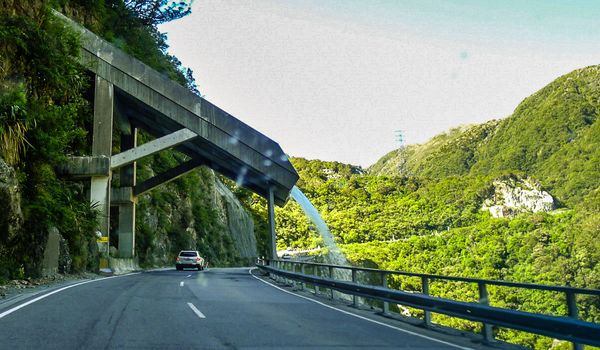
9. Stay Alert for Wildlife On The Road
New Zealand is known for its unique wildlife, and encountering animals on the road is not uncommon, especially in rural or forested areas.
Be vigilant and watch out for wildlife crossing the road, such as possums, rabbits, or birds.
Reduce your speed if you spot animals nearby, as they may dart into your path unexpectedly. Take extra care at dawn or dusk when animals are more active.
If it’s safe, flash your headlights to warn other drivers of wildlife on the road. By staying alert, you can help protect wildlife and prevent accidents.
10. Keep Left On Single-Lane Bridges
You may come across single-lane bridges in rural areas, especially in remote or scenic locations.
When approaching a single-lane bridge, always give way to oncoming traffic and adhere to the “keep left” rule.
If you notice a bridge sign indicating that you have the right of way, proceed cautiously, but be prepared to yield if necessary.
Exercise patience and communicate with other drivers using hand signals or indicators to coordinate passage on the bridge. This practice ensures a safe and efficient crossing for all road users.
11. Take Breaks and Rest When Fatigued
Long drives can be tiring, and driver fatigue poses a significant risk on the road. It’s crucial to take regular breaks, especially on extended journeys.
Rest areas and scenic spots are conveniently located throughout New Zealand, providing opportunities to stretch your legs, have a snack, and rejuvenate.
If you start feeling tired or exhausted, finding a safe place to pull over and rest is essential.
Avoid pushing yourself to continue driving when tired, as it impairs concentration and reaction time. Your safety and the safety of others should always be the priority.
12. Respect Cyclists and Pedestrians
Cyclists and pedestrians share the roads in New Zealand, and it’s important to respect their rights and safety.
Give cyclists ample space when passing, and always check for approaching cyclists before opening car doors.
Yield to pedestrians at crosswalks and zebra crossings, allowing them to cross safely. Be patient and considerate, especially in busy urban areas or tourist spots with higher foot traffic.
By showing respect and awareness towards cyclists and pedestrians, you contribute to a harmonious road coexistence and promote a safer environment for all road users.

Conclusion
Driving in New Zealand can be an exhilarating experience, offering a front-row seat to the country’s natural beauty and diverse regions.
Always drive on the left side of the road, adhere to speed limits, wear seat belts, and abstain from driving under the influence.
Follow give-way rules, respect roundabout etiquette, and be prepared for unpredictable weather and wildlife encounters.
With these guidelines, you can confidently embark on your New Zealand driving adventure!



